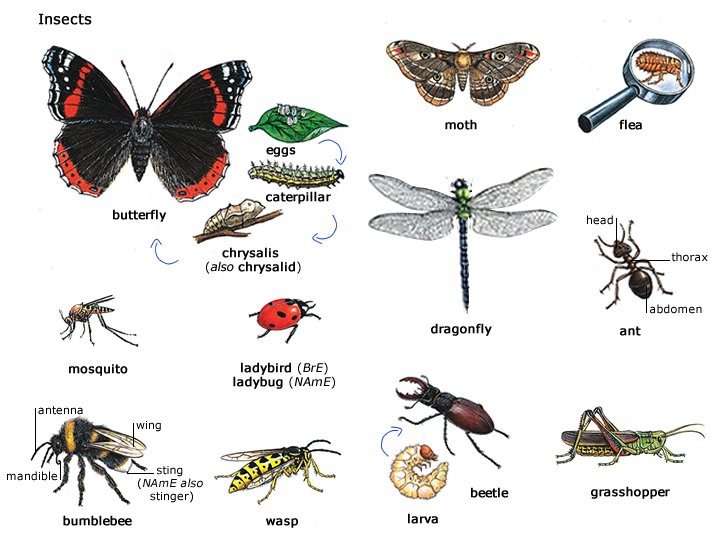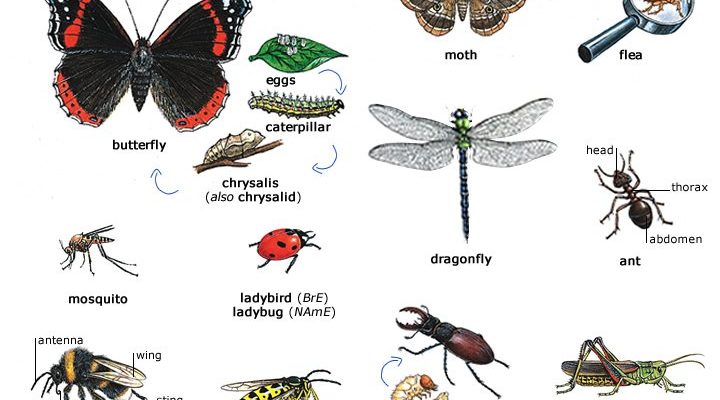
The platypus is a master at navigating its environment. With its incredible adaptations, it showcases a hunting style that’s both effective and intriguing. Let’s dive into the nitty-gritty of what it eats, how it hunts, and why its diet is so essential to its survival. Don’t worry if you’re not a wildlife expert—I’ll break everything down in simple terms.
What Do Platypuses Eat?
The diet of a platypus primarily consists of invertebrates. But what does that mean? In simple terms, invertebrates are animals without a backbone, like insects and crustaceans. Imagine diving into a buffet of tiny critters; that’s basically what platypuses do underwater. They munch on:
- Crayfish
- Worms
- Insect larvae
- Mollusks
These little guys have incredibly sensitive bills that help them locate food even when they can’t see it. Platypuses often hunt in rivers and freshwater streams, sifting through mud and sand to discover their next meal. When they’re foraging, they can consume up to 20% of their body weight in food each day! That’s a lot of munching for such a small creature.
The Electroreception Superpower
You might be wondering, “How do platypuses find their food?” This is where it gets really interesting. Platypuses possess an incredible ability called electroreception. Simply put, they can detect electric fields created by the movements of their prey in the water.
When diving, they close their eyes, ears, and nostrils to block out distractions. Instead, they rely on their bill, which is lined with sensitive receptors. It’s like having super hearing but for electric impulses! This adaptation is crucial for hunting in the murky waters where visibility is low. Imagine trying to find your way in a dark room—it would be a challenge without your sense of sight.
Finding Food: Hunting Techniques
The hunting techniques of a platypus are as fascinating as they are efficient. Platypuses are known for using a combination of techniques to capture their prey. They don’t just swim around aimlessly; they have a strategy!
1. Diving and Foraging: Platypuses dive underwater, sometimes reaching depths of about 1.5 meters (around 5 feet). They can hold their breath for several minutes while searching for dinner.
2. Sifting Through Sediment: Once they locate a promising spot, they use their bills to sift through mud and sand. It’s like digging for treasure—but the treasure is a tasty meal!
3. Swallowing Whole: Platypuses don’t chew their food. Instead, they use their cheeks, which are special flaps, to hold prey in place while they swallow it whole. How’s that for a fast-food meal?
Feeding Habits Through the Seasons
Just like the changing seasons, the platypus’s diet can vary throughout the year. In spring and summer, when food is abundant, they may eat a larger variety of invertebrates. You might say it’s a platypus buffet during these months!
However, as autumn rolls in and food becomes scarcer, platypuses adapt. They can slow down their metabolism and hunt less frequently. This ability is crucial for survival, as it helps them conserve energy when resources are limited. Think of it like preparing for a long winter—you make adjustments to your lifestyle based on what’s available.
The Role of Diet in Platypus Health
A balanced diet is essential for maintaining the health of a platypus. Eating a variety of invertebrates ensures they get all the necessary nutrients. This is similar to how we humans aim for a well-rounded diet to stay healthy.
When platypuses are unable to find enough food, they can become stressed, leading to health issues. Habitat destruction, pollution, and climate change can impact their food supply. It’s a reminder of how interconnected everything is in nature. If the platypus can’t find its favorite snacks, it might struggle to survive.
The diet and hunting strategies of the platypus are fascinating, showcasing nature’s ingenuity. With their unique adaptations and specialized feeding habits, they’re a vital part of the ecosystems they inhabit. But as we’ve discussed, their survival is closely tied to their environment.
To protect these incredible creatures, we must advocate for their habitats. This means supporting initiatives that clean waterways and preserve wetlands. After all, if we want future generations to enjoy learning about the unique diet and hunting strategies of the platypus, we need to ensure they thrive in their natural homes.
So next time you hear about a platypus, think about these remarkable features that help them survive. They’re not just cute animals; they’re essential players in the natural world, and every effort counts in preserving their future.

